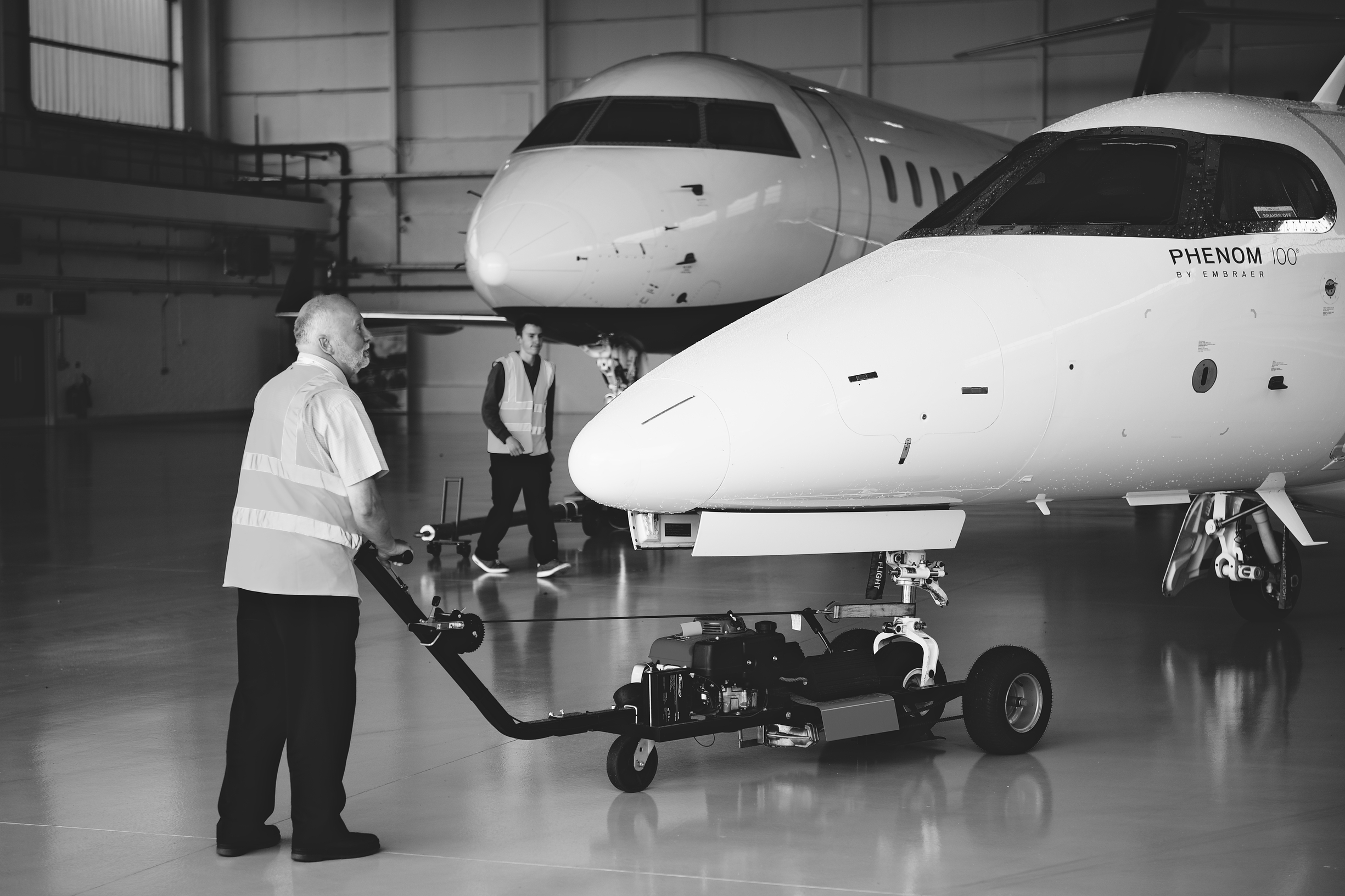
Owned by the world renowned Cranfield University, the airport has a long history in general aviation. RAF Cranfield was built by John Laing & Son on 100 acres (0.40 km2) of farmland acquired by the Air Ministry in 1935, as Britain re-armed to face the growing threats on the continent

The airport was formally opened on 1 June 1937, and initially became the base for No. 62 Squadron RAF and No. 82 Squadron RAF of No. 1 (Bomber) Group, flying the already obsolete Hawker Hind biplanes.

Both squadrons converted to Blenheim 1s in 1938. 62 Squadron was moved to Singapore in August 1939, where it was destroyed by the invading Japanese. RAF Cranfield’s grass airstrip was replaced with three hardened runways in the winter of 1939 and spring of 1940, and became a target for enemy action in the late summer of that year, with mines, bombs and incendiaries dropped on it and the nearby village of Cranfield.
Aircraftsman Vivian Hollowday, serving at the airfield, won the George Cross for the attempted rescue of two crews which crashed there in July and August 1940.

August 1941 saw the fast developing station become a night fighter training centre with the arrival of No. 51 Night fighter Operational Training Unit. This was disbanded after the end of the war in Europe in June 1945 and the airfield became the site for a new College of Aeronautics (now Cranfield University). This college helped develop the highly successful Harrier Jump Jet and has serviced the Hurricanes and Spitfires of the Battle of Britain Memorial Flight. The UK’s sole remaining airworthy Avro Lancaster was based at Cranfield until 1964.

